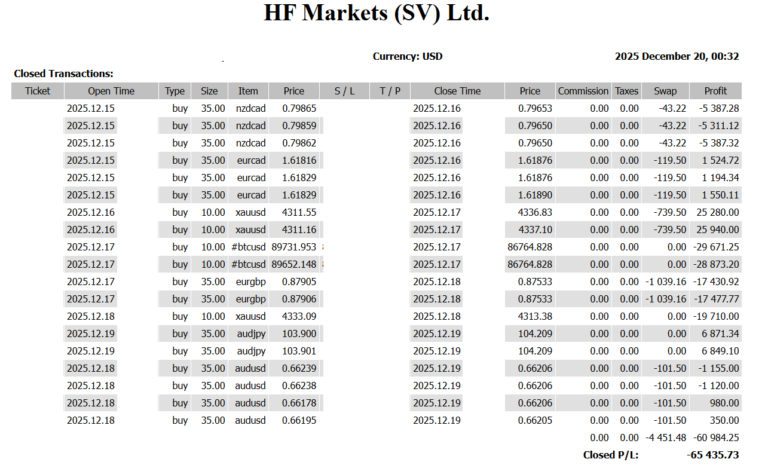The Tokyo market was closed yesterday for Sports Day. The US bond market was closed for Columbus Day in New York, and the Canadian market was closed for Thanksgiving. In the meantime, the dollar exchange rate has risen steadily. Despite the lack of clues for Treasury yields, the strength of the US jobs report over the weekend seemed to give confidence in the Fed’s aggressive rate hike policy. The Eurodollar was also put under pressure by rising geopolitical risks, such as the Crimean Bridge explosion over the weekend and Russia’s response to missile attacks on Kyiv and elsewhere.
The dollar/yen is rising to the upper 145 yen range again. The pace is extremely slow and steady. Today’s Tokyo market hit a new high of 145.86, almost matching the September 22 high of 145.90 when foreign exchange intervention was implemented. However, it is also pointed out that the volatility of price movements is quite different from the previous time, and the sense of urgency for the implementation of intervention is weak. However, assuming that the intervention is simply to respond to the degree of market volatility rather than the level of the yen’s depreciation, how far will the yen depreciate and the dollar strengthen? Market fears are likely to erupt again. Attention will be paid to the response of the government and the Bank of Japan.
Today, the Russian Foreign Minister’s positive remarks about the US-Russia summit are reported, and EUR buybacks are becoming stronger. As for the content, if a summit meeting is held, the EUR is positive, so pay attention to Biden’s remarks. If the USD is about to sell, it is assumed that the purchase of EURUSD will also increase easily.


